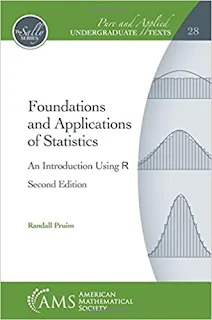Methods of Mathematics Applied to Calculus, Probability, and Statistics
Richard W. Hamming ... Publisher: Dover Publications; (November, 2004) - Language: English - 880 pages - ISBN-10: 0486439453 - ISBN-13: 978-0486439457.
Understanding calculus is vital to the creative applications of mathematics in numerous areas. This text focuses on the most widely used applications of mathematical methods, including those related to other important fields such as probability and statistics. The four-part treatment begins with algebra and analytic geometry and proceeds to an exploration of the calculus of algebraic functions and transcendental functions and applications. In addition to three helpful appendixes, the text features answers to some of the exercises. Appropriate for advanced undergraduates and graduate students, it is also a practical reference for professionals. 1985 edition. 310 figures. 18 tables.
Understanding calculus is vital to the creative applications of mathematics in numerous areas. This text focuses on the most widely used applications of mathematical methods, including those related to other important fields such as probability and statistics. The four-part treatment begins with algebra and analytic geometry and proceeds to an exploration of the calculus of algebraic functions and transcendental functions and applications. In addition to three helpful appendixes, the text features answers to some of the exercises. Appropriate for advanced undergraduates and graduate students, it is also a practical reference for professionals. 1985 edition. 310 figures. 18 tables.








